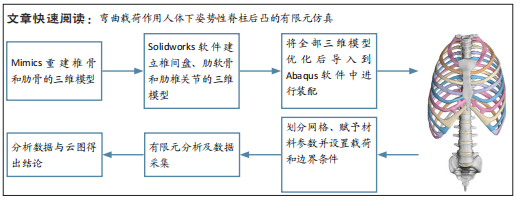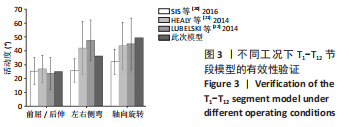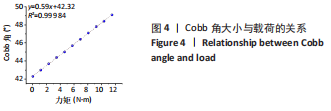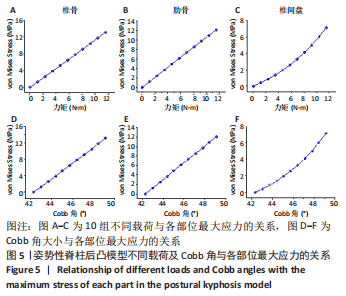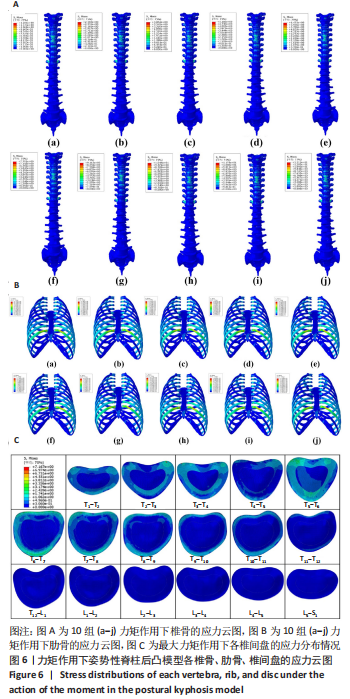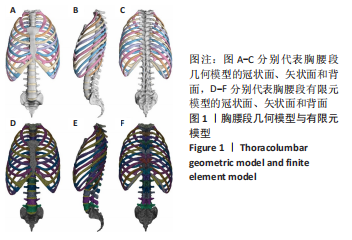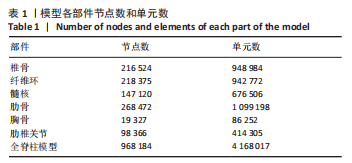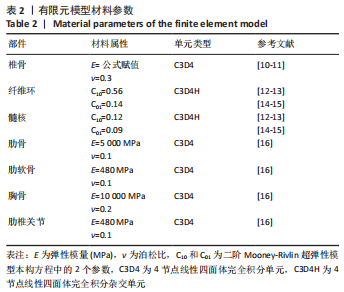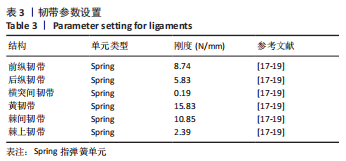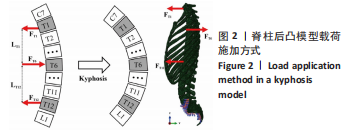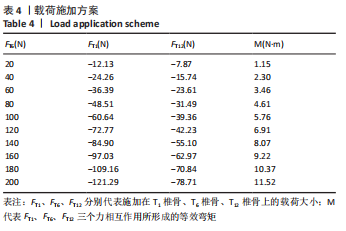[1] FON GT, PITT MJ, THIES JR AC. Thoracic kyphosis: range in normal subjects. American J Roentgenol. 1980;134(5):979-983.
[2] CANAVESE F, ŞENKÖYLÜ A. Postural Kyphosis//Essentials of Spine Surgery. Springer, Cham, 2022: 131-134.
[3] YAMAN O, DALBAYRAK S. Kyphosis and review of the literature. Turk Neurosurg. 2014;24(4): 455-465.
[4] KESHAVARZI F, AZADINIA F, TALEBIAN S, et al. Impairments in trunk muscles performance and proprioception in older adults with hyperkyphosis. J Man Manip Ther. 2022;30(4):249-257.
[5] BRIGGS AM, VAN DIEËN JH, WRIGLEY TV, et al. Thoracic kyphosis affects spinal loads and trunk muscle force. Phys Ther. 2007;87(5):595-607.
[6] FENG Q, WANG M, ZHANG Y, et al. The effect of a corrective functional exercise program on postural thoracic kyphosis in teenagers: a randomized controlled trial. Clin Rehabil. 2018;32(1):48-56.
[7] KAMALI F, SHIRAZI S A, EBRAHIMI S, et al. Comparison of manual therapy and exercise therapy for postural hyperkyphosis: a randomized clinical trial. Physiother Theory Pract. 2016;32(2):92-97.
[8] SZCZYGIEŁ E, WĘGLARZ K, PIOTROWSKI K, et al. Biomechanical influences on head posture and the respiratory movements of the chest. Acta Bioeng Biomech. 2015;17(2):143-148.
[9] HARRISON DE, CAILLIET R, HARRISON DD, et al. How do anterior/posterior translations of the thoracic cage affect the sagittal lumbar spine, pelvic tilt, and thoracic kyphosis? Eur Spine J. 2002;11:287-293.
[10] 任航宁,居来提·买提肉孜,帕尔哈提·热西提,等.皮质骨轨迹椎弓根系统拔出力下腰椎的有限元分析[J].中国组织工程研究,2021,25(36):5771-5776.
[11] 李健,关天民,朱晔.有限元法分析骶椎腰化的力学特征[J].中国组织工程研究,2022, 26(33):5249-5253.
[12] LEE N, JI GY, YI S, et al. Finite element analysis of the effect of epidural adhesions. Pain Physician. 2016;19(5):787-793.
[13] SCHMIDT H, HEUER F, SIMON U, et al. Application of a new calibration method for a three-dimensional finite element model of a human lumbar annulus fibrosus. Clin Biomech (Bristol, Avon). 2006;21(4):337-344.
[14] 李超. 胸段脊柱非线性三维有限元建模及近端交界性后凸问题研究[D].上海:第二军医大学,2015.
[15] 肖智韬. 基于非线性有限元法的人体腰椎强度预测及其在腰椎相关疾病中的应用[D].长春:吉林大学,2013.
[16] 聂文忠. 脊柱胸腰部的生物力学建模与应用研究[D].上海:上海交通大学,2009.
[17] 贾少薇,张顺心,范顺成,等.脊柱侧凸腰骶椎结构的有限元分析及其变形趋势[J].医用生物力学,2017,32(3):235-241.
[18] POLIKEIT A, NOLTE LP, FERGUSON SJ. The effect of cement augmentation on the load transfer in an osteoporotic functional spinal unit: finite-element analysis. Spine (Phila Pa 1976). 2003; 28(10):991-996.
[19] SYLVESTRE PL, VILLEMURE I, AUBIN CE. Finite element modeling of the growth plate in a detailed spine model. Med Biol Eng Comput. 2007;45(10):977-988.
[20] SIS HL, MANNEN EM, WONG BM, et al. Effect of follower load on motion and stiffness of the human thoracic spine with intact rib cage. J Biomech. 2016;49(14):3252-3259.
[21] HEALY AT, LUBELSKI D, MAGESWARAN P, et al. Biomechanical analysis of the upper thoracic spine after decompressive procedures. Spine J. 2014;14(6):1010-1016.
[22] LUBELSKI D, HEALY AT, MAGESWARAN P, et al. Biomechanics of the lower thoracic spine after decompression and fusion: a cadaveric analysis. Spine J. 2014;14(9):2216-2223.
[23] KIEFER A, SHIRAZI-ADL A, PARNIANPOUR M. Synergy of the human spine in neutral postures. Eur Spine J. 1998;7:471-479.
[24] MATSUMOTO K, SHAH A, KELKAR A, et al. Sagittal Imbalance May Lead to Higher Risks of Vertebral Compression Fractures and Disc Degeneration—A Finite Element Analysis. World Neurosurg. 2022;167:e962-e971.
[25] SFEROPOULOS N K. Stable Compression Fractures of the Thoracic Spine in Children: The Value of Secondary Radiographic Signs. EC Orthop. 2022;13:59-70.
[26] WAHLE CF, HART CM, BECK JJ. First Rib Stress Fracture in an Adolescent Elite Tennis Player: A Case Report. JBJS Case Connect. 2023;13(1):e22.
[27] ZHENG L, CAO Y, YANG Y, et al. Biomechanical response of lumbar intervertebral disc in daily sitting postures: a poroelastic finite element analysis. Comput Methods Biomech Biomed Engin. 2022:1-10.
[28] ZHAO G, WANG H, WANG L, et al. The Biomechanical Effects of Different Bag‐Carrying Styles on Lumbar Spine and Paraspinal Muscles: A Combined Musculoskeletal and Finite Element Study. Orthop Surg. 2023;15(1):315-327.
[29] WILKE HJ, NEEF P, HINZ B, et al. Intradiscal pressure together with anthropometric data–a data set for the validation of models. Clin Biomech (Bristol, Avon). 2001;16:S111-S126.
[30] JEONG JG, KANG S, JUNG GH, et al. Biomechanical Effect of Disc Height on the Components of the Lumbar Column at the Same Axial Load: A Finite-Element Study. J Healthc Eng. 2022;2022:1-13
[31] ANDERSON DE, MANNEN EM, SIS HL, et al. Effects of follower load and rib cage on intervertebral disc pressure and sagittal plane curvature in static tests of cadaveric thoracic spines. J Biomech. 2016;49(7):1078-1084.
[32] DESMOULIN GT, PRADHAN V, MILNER TE. Mechanical aspects of intervertebral disc injury and implications on biomechanics. Spine (Phila Pa 1976). 2020;45(8):E457-E464.
[33] 胡哲,王星,和雨洁,等.肋头关节骨性关节面的形态特征及其临床意义[J].中国临床解剖学杂志,2022,40(2):132-137. |
